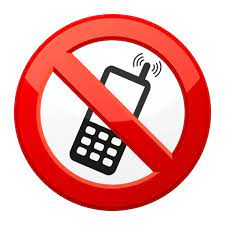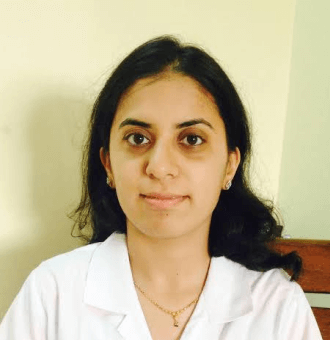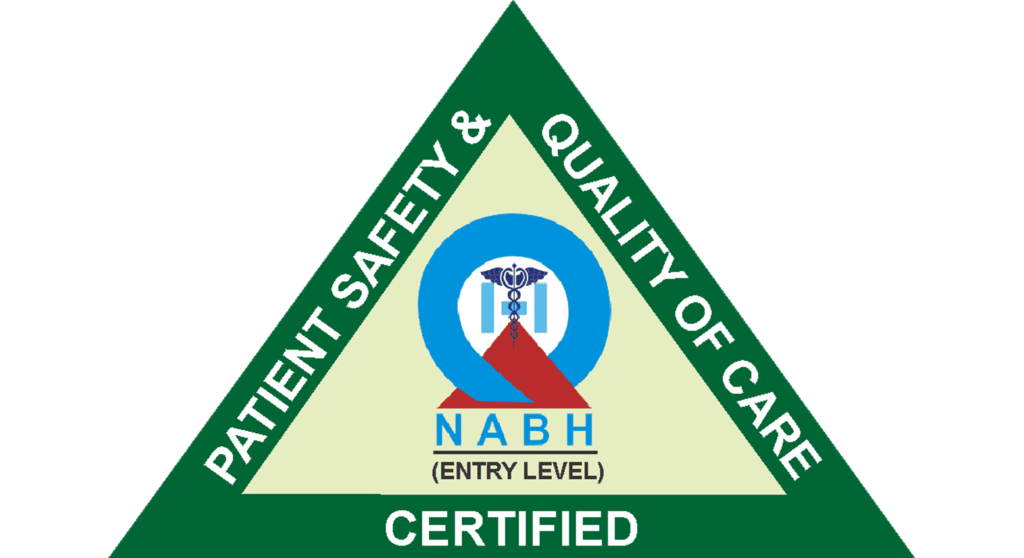Cataract Treatment in Vileparle and Santacruz
Cataract Diagnosis & Treatment


Myopia Treatment in Mumbai
As per a recent study conducted in India, approximately 17% of children aged 5 to 15 are affected by myopia, which translates to about 1 in 6 children. If current trends continue, it is projected that the prevalence of myopia will dramatically increase to 50% by the year 2050. This implies that around half of the children in both India and worldwide will develop myopia.
The shift towards digital or e-learning methods in place of traditional in-person classroom learning, coupled with reduced outdoor activities, has raised a genuine worry about a rapid increase in the occurrence of myopia.
Protect a child’s precious eyesight. Don’t let myopia rob them of clear vision.
Myopia, or nearsightedness, blurs eyesight. Timely diagnosis and treatment are crucial to preserve a child’s quality of life and overall growth.
At the Myopia Control Clinic, experienced doctors, optometrists, and advanced technology are in place. Each child receives a thorough eye assessment, top-notch treatment, and innovative approaches to slow myopia progression.
Tailored treatments, based on risk factors and specific eye features, will be given.

What is Myopia?
Myopia is a condition that leads to unclear distance vision.
This happens when the eyeball is longer than the usual size, causing a discrepancy between eye length and its ability to focus, resulting in the blurriness of distant objects.
Typically, myopia emerges during the school years, with a swift rise between 5 and 15 years of age, stabilizing generally around 18 to 20 years old.

Computer Vision Syndrome
Research indicates that external symptoms of Computer Vision Syndrome such as irritated/burning eyes, tearing and dryness, tired eyes and eye discomfort are closely linked to dry eye. The use of digital devices is associated with a reduced rate of blinking and an increased rate of tear evaporation, each of which contributes to dry eyes. We normally blink about 16 to 18 times per minute, automatically. This blink rate decreases by half when our attention is focused on a computer monitor or smartphone. Blinking spreads tears across the front surface of the eye and this lubricates and nourishes the eyes, keeping them healthy and comfortable. When the blink rate goes down by 50%, the tears evaporate and the eye becomes dry and irritated. If you’re already struggling with an existing eye condition like blepharitis or dry eye, spending long hours staring at a digital screen can aggravate the symptoms.
Myopia Symptom Checker
- Squinting or Squeezing her/his eyes
- Rubbing their eyes frequently
- Preferring to watch TV at a distance
- Holding toys or objects remarkably closer to face


Diagnosis of Myopia
Myopia can be diagnosed by Refraction (Eye Number check)
If the Myopia seems to be increasing the child needs to undergo special tests which measures all the important and intrinsic features of the eye like the length and curvature of the eye and the refractive error.

Treatment of Myopia

Regular wear of glasses is the ideal treatment for correction of Myopia.

Contact Lenses is a suitable option in children above the age of 12.

Avoiding or Minimalizing the Use of Hand Held Devices.

Adequate Sunlight Exposure for 1 hour daily.
Newer treatment options to slow down myopic progression.
- Low dose atropine eye drops
- Specialised spectacles
- Orthokeratology
Myopia Doctors

Dr. Nitin Balakrishnan
Cataract & Refractive Surgeon

Dr. Nikhil Nitin Balakrishnan

Dr. Pavitra Patel Balakrishnan

Dr. Priyanka Bapat
Frequently Asked Questions
Myopia, referred to as nearsightedness or short-sightedness, is a situation where faraway objects appear unclear while close-up vision remains sharp.
This happens when the eyeball’s length is greater than usual or when the cornea (the dark part of the eye) is excessively curved. As a result, light rays converge in front of the retina instead of precisely on it, leading to a blurry image.
Myopia typically progresses annually as the eyes elongate.
Numerous elements determine the occurrence and progression of myopia. Both genetic and lifestyle-related factors play a role in influencing myopia. Its development is attributed to a complex interplay between these factors.
If parents or siblings have myopia, a child’s likelihood of developing myopia increases due to genetic factors.
A child’s habits and way of life can exacerbate myopia. Insufficient outdoor time, limited exposure to natural light, reading materials held closely to the face, reading in inadequate lighting, and prolonged engagement in activities such as watching videos or gaming can contribute to the initiation and advancement of myopia.
Untreated myopia can impact a child’s quality of life. It may lead to eye strain and headaches due to the continual effort required to concentrate on objects and sustain that focus.
Low myopia
Young kids might display reduced interest in outdoor pursuits, and it could also influence a child’s academic performance.
It is essential to identify children displaying a tendency toward myopia and to promptly detect myopia through regular eye examinations.
Upon recognizing myopia, timely intervention is imperative, as unchecked myopia itself can lead to its progression.
Numerous strategies exist to manage the progression of myopia. These include specialized eyeglass lenses, low-dose atropine eye drops, and orthokeratology—where contact lenses are worn at night and removed in the morning.
It’s important to note that these measures are implemented alongside the use of eyeglasses or contact lenses.
Furthermore, it’s highly advised to make lifestyle adjustments, such as maintaining visual hygiene and engaging in outdoor activities during daylight hours.
Myopia that stays within specific boundaries might not lead to significant harm to the eye.
Nonetheless, as myopia progresses, severe issues can arise, including the formation of vulnerable regions in the retina (known as myopic retinal degenerations and retinal detachments), cataracts, and glaucoma. If these conditions are not addressed, they can lead to irreversible vision impairment.
Similar to how a balloon becomes thinner as it’s inflated and stretched, a myopic eye could develop fragile areas in the retina as the eye’s layers stretch.
Numerous methods are available for addressing myopia.
Traditionally, myopia has been managed through the use of glasses or contact lenses, allowing clear vision for the individual.
More recently, specialized glasses and contact lenses have been created that not only offer clear vision but also have the capability to slow down the progression of myopia.
Indeed, this becomes feasible once the individual reaches the age of 18 to 20, employing laser refractive correction methods, assuming the person’s eye is deemed suitable for the procedure.
Unhealthy lifestyle and poor reading practices can exacerbate myopia.
Conversely, adopting a healthy lifestyle and cultivating good reading habits can aid in decelerating the advancement of myopia.
Engaging in outdoor activities during daylight for at least two hours daily, maintaining a distance of at least 16 inches while reading, taking regular breaks during reading sessions, studying in well-illuminated environments, and reducing the use of digital devices are some strategies to prevent or manage myopia progression.
There exist various scientifically validated approaches to slow down myopia.
Optical interventions encompass the utilization of specialized eyeglass lenses or contact lenses.
Specialized eyeglass lenses: These lenses are designed to impede myopia progression. They can be Progressive lenses, Bifocals, or DIMS (Defocus incorporated multiple segments).
Specialized contact lenses: Ortho-k (orthokeratology) contact lenses are customized to match each child’s eye shape and size. They are worn at night and removed in the morning, providing clear distance vision without the need for daytime contact lens wear.
Defocus incorporated soft contact lenses: These contact lenses are intended for continuous wear throughout the day.
Additionally, using low-dose atropine eye drops has been proven effective in preventing myopia from worsening.
It is essential to instill positive visual practices, such as maintaining a distance of 14 inches from reading materials, reading in well-illuminated spaces, adopting an upright posture during reading, and taking regular reading breaks. In terms of behavioral strategies, it’s crucial to motivate the child to spend a minimum of two hours outdoors during daylight, as this constitutes a fundamental aspect of lifestyle adjustments for a myopic child.








